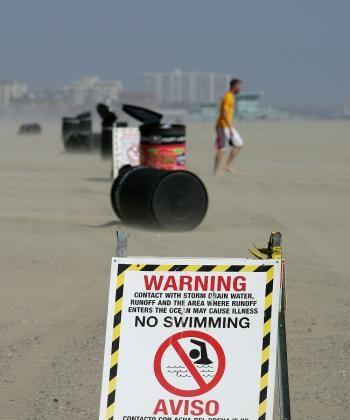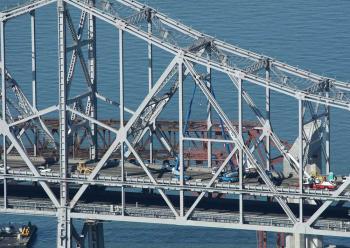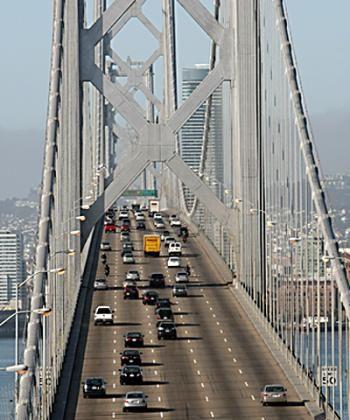Swimming at the beach may leave more than a salty taste in your mouth. A report released by environmental activists group on Tuesday, claims that the water at popular American beaches may be unsafe for swimming due to sewer spills and overflows often caused by rainstorms.
According to an annual study based on data provided by the Environmental protection Agency, the Natural Resources Defense Council (NRDC) confirmed that pollution-related closings and health advisories at American beaches remained high for the past year.
Popular beaches throughout the nation continue to suffer from serious water pollution that put swimmers and beachgoers at risk. Last year alone, beach closing days reached their second highest level in 18 years due to sewage overflows, the report concluded.
According to experts, sewage contaminated beach water can cause a wide range of diseases. Beachgoers and swimmers are exposed to different infections including bacteria, viruses and parasites that cause gastroenteritis, hepatitis, skin rashes, and even respiratory ailments.
Most waterborne disease outbreaks usually occur during the summer, when Americans are most likely to be exposed to contaminated beach waters. Experts estimate that as many as 7 million Americans get sick every year from drinking or swimming in water contaminated with bacteria, viruses or parasites, the report says.
And for a third year in a row, the number of closing and advisory days at ocean, bay and Great Lakes beaches due to pollution was more than 20,000.
Issued warnings caused by sewage spills and drain-system overflows more than tripled to 4,097 compared to the year before. But according to the study, the largest known source of pollution continues to be contamination from storm water, which caused more than 10,000 closing and advisory days. Unknown sources of pollution also caused more than 8,000 closing and advisory days.
“Some families can’t enjoy their local beaches because they are polluted and kids are getting sick – largely because of human and animal waste in the water,” said in a statement Nancy Stoner, director of NRDC’s clean water project.
Experts say that aging and deficiently designed sewage and water drain systems hold much of the blame for beach water pollution. The report’s authors also say that growing coastal development is devouring the natural “buffers” such as grass, dunes, and wetlands that naturally help filter out dangerous pollution before it reaches the beach waters.
Nationally, 7 percent of the samples from water bodies near popular beaches violated health standards, showing no improvement from last year. The highest level of water contamination was measured in the Great Lakes. Health standards were violated in 15 percent of beach water samples, the study revealed.
In order to protect beachgoers and swimmers, for the first time this year, the report gives a five-star rating guide for a selection of the most popular beaches in the nation. The star rating criteria are based on several indicators such as beachwater quality, water health standards and water monitoring frequency.
The report also blames more than 20-year-old monitoring methods and water testing that may leave beachgoers vulnerable to a variety of waterborne illnesses and other health problems.
“What this report means for families heading to the beach is they need to be careful and do a little homework,” said Stoner. “Call your local public health authority and ask them if the beachwater is safe for swimming. If there is any doubt, or if the water smells bad or looks dirty, stay out of it.”
For the five-star beach rating guide go to: http://oceans.nrdc.org/beachgoers/map.





Friends Read Free